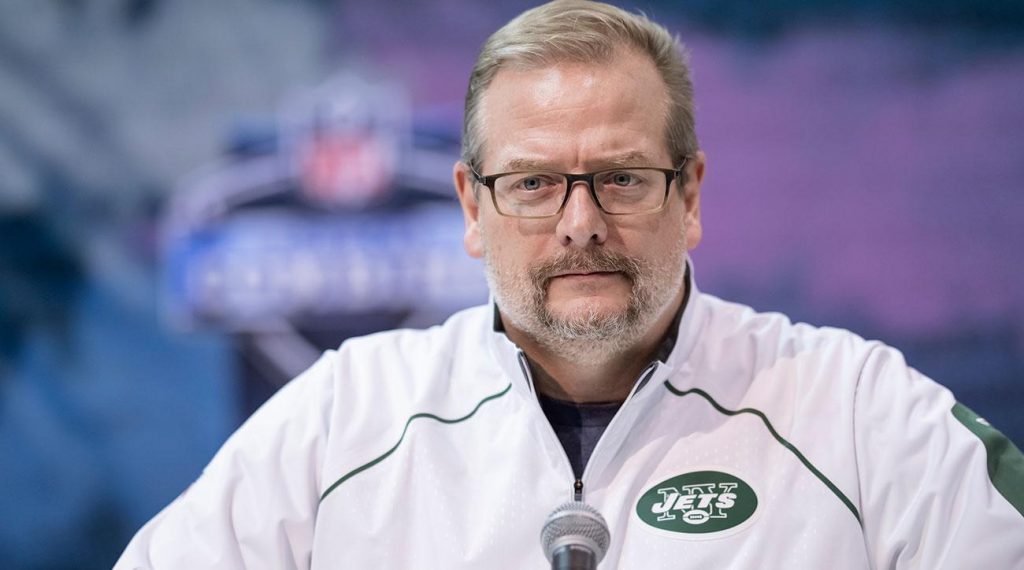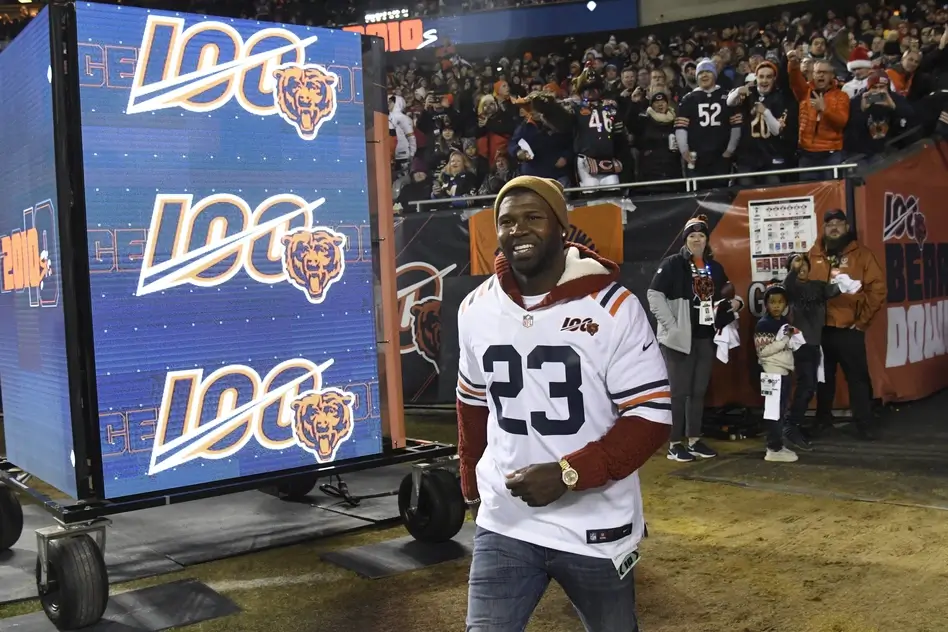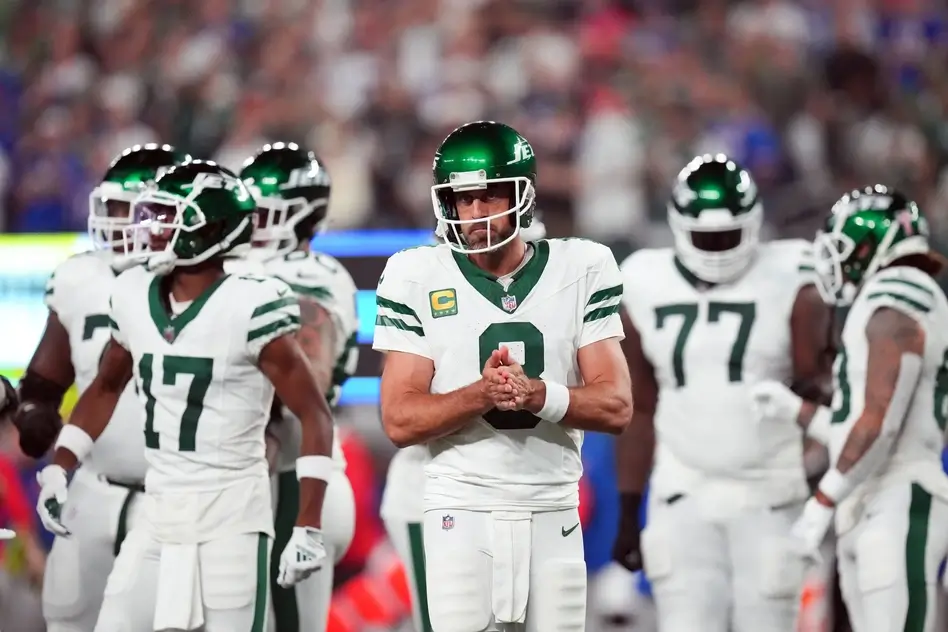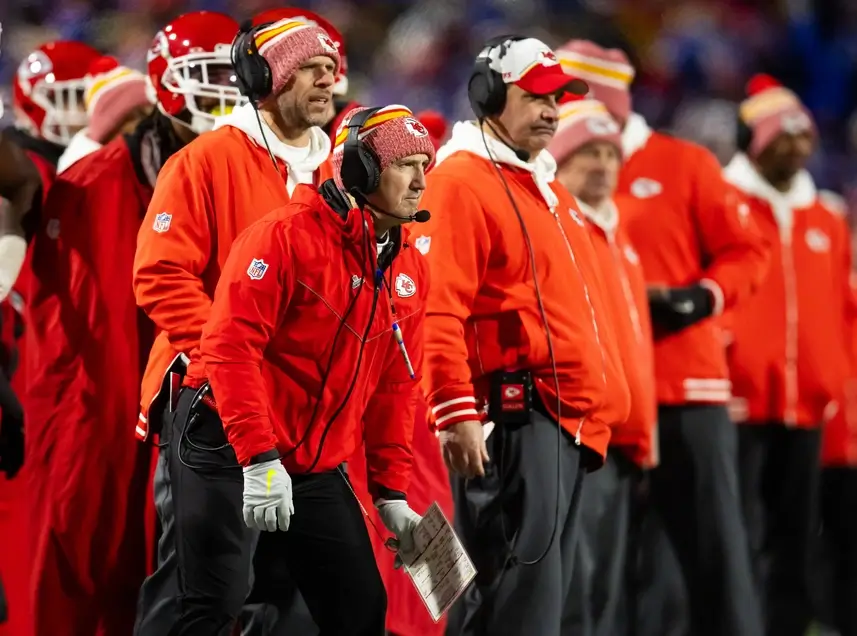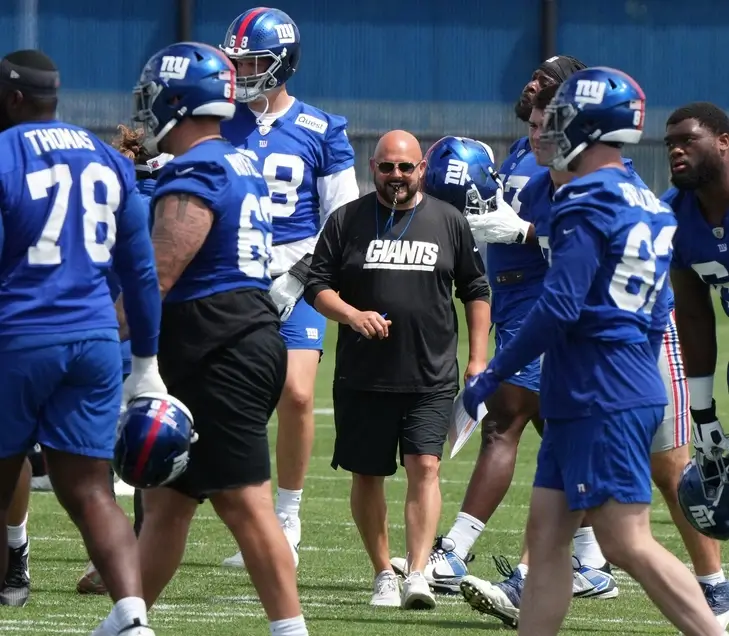The firing of New York Jets General Manager Mike Maccagnan on Wednesday was surprising, not so much for its actual occurrence but more for its timing. Had this move come when Jets owner Woody Johnson handed over control of the franchise to his brother Christopher Johnson in 2017, few eyebrows would have been raised. Indeed, when previous head coach Todd Bowles, Maccagnan’s first hire as head coach, was given his marching orders in December 2018 many expected the former Texans personnel man to follow Bowles out the door.
If reports coming out of the Big Apple are to be believed, it seems Maccagnan was a victim of a discord between himself and newly installed head coach Adam Gase. Given that Gase was only hired this summer, following his sacking by division rivals the Miami Dolphins, this must set a new bar in dysfunction for Gang Green.
There are various implications coming out of this change to the front office in Florham Park.
Change in power dynamics
According to NFL Network Insider Ian Rapoport, Gase disagreed with the price paid by Maccagnan for some of the Jets’ prized free agent additions this offseason, including the money given to running back Le’Veon Bell and middle linebacker C.J. Mosley. Gase had no problem with the addition of the two players, who are considered amongst the best at their position in the league, but griped at the amount of cash Maccagnan was willing to splash to land the duo.
In addition to that, Rapoport argues Gase wanted center Matt Paradis who eventually signed with the Panthers.
Today’s announcement from CEO Christopher Johnson announced that Gase would be the acting GM of the franchise until a successor is found. This is an unusual step and further seems to indicate some form of disharmony between the new head coach and the man who hired him. In Miami Gase had control of the roster, though appeared to indicate he had no issues with relinquishing that responsibility in New York. The signing of Mosley, as well fellow free agent additions Jamison Crowder and Josh Bellamy, do stand out as the sorts of hires Gase would sign off on though: high character guys who will help the locker room.
What is for certain is that Gase will have much more control over the Jets roster moving forward, perhaps even taking an active role in the hire of Maccagnan’s successor, much like Bill O’Brien did in Houston.
Initial promise and draft woes
Maccagnan’s tenure with the Jets started well enough in 2015 as his new head coach, Bowles, led the franchise to a 10-6 record, only just missing out on the playoffs. However, over the following three seasons the team went 14-34, actually finishing with a worse record in 2018 than the prior two years.
Whilst those seasons led to high draft positions in the first round, Maccagnan was unable to seriously upgrade the talent level of the Jets roster. Only one player remains from his first draft in charge of the Jets in 2015: defensive lineman Leonard Williams. In fact, outside of his first-round picks, Maccagnan was unable to utilise the mid-rounds of the draft in a way that successful franchises are able to. 2017 second rounder Marcus Maye (safety), sixth round pick Elijah McGuire (running back) and fourth round pick Chris Herndon (tight end) from 2018, stand out as the lone players picked by the Jets outside of the first round, who are core players on the roster.
Free agency misses
The additions made by the Jets during free agency under Maccagnan may have also been a mark against the former Texans’ director of college scouting. Over the past four offseasons, the team added a number of veterans, though very few of them made a long-term impact.
The 2015 free agent class of Antonio Cromartie, Marcus Gilchrist, Darrelle Revis, didn’t stay together for very long, whilst trades for Ryan Fitzpatrick and Brandon Marshall appear to be costly, short-term additions in hindsight.
Over the next couple of years, the team added running back Matt Forte, left tackle Ryan Clady and tackle Kelvin Beachum. Clady and Beachum both came with injury concerns, whilst Forte joined the team as his career as a lead rusher was coming to a close. Only Beachum remains with the team.
Even some of last year’s free agent additions didn’t work out. Offensive lineman Spencer Long was signed to a four year $27.5m contract, but was released this summer. Wide receiver Terrelle Pryor signed a one year $4.5m deal following a poor season in Washington, yet couldn’t upgrade his quality of play. Even marquee signing, cornerback Trumaine Johnson was widely seen as not living up to the massive 5 year $72.5m contract the Jets handed him.
Looking to the future
The key now is for Johnson to find a general manager who can work with Gase. This is a task that will only be made more difficult given that potential candidates will be wondering about just how much influence they are likely to have and whose side the CEO will come down on when there is a dispute between the coaching staff and the personnel department.
However, the Jets do have some features that will make them attractive to ambitious football executives. They have a franchise QB in Sam Darnold. There are some key building blocks including franchise tone-setter Jamal Adams; Quinnen and Leonard Williams; linebackers Mosley and Avery Williamson; as well as arguably the game’s most effective running back (at least last time he played) in Bell. They also sit in one of the biggest markets in the US and candidates know that whoever restores the franchise to their former glory is likely to go down in Jets folklore.


